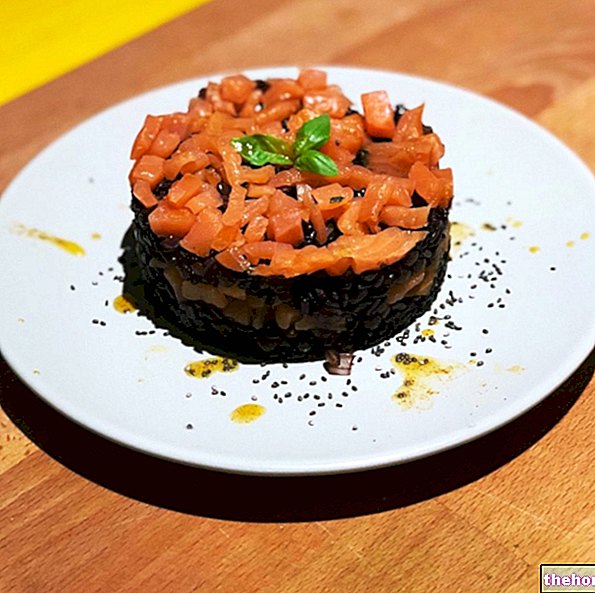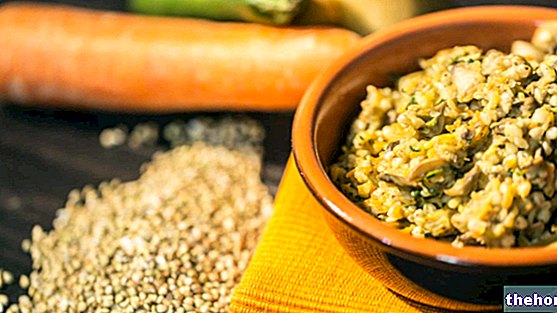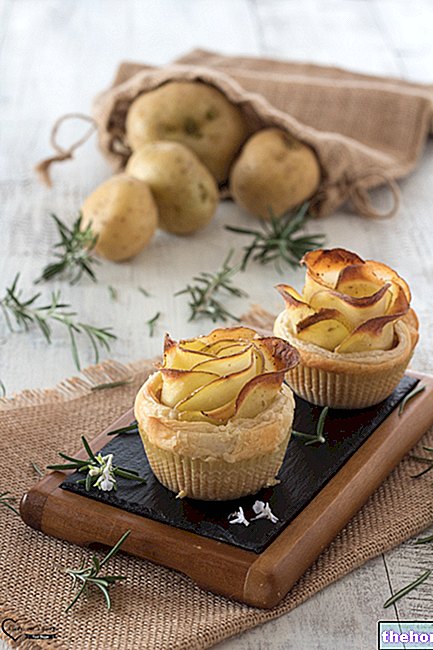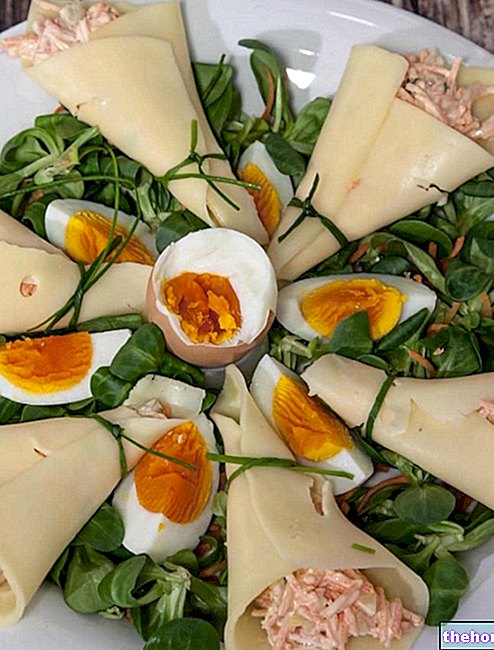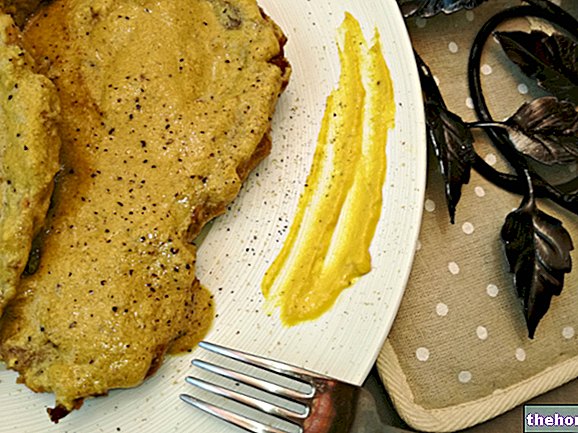The orange duck is a real delicacy which, however, is not often prepared because it is considered an excessively caloric dish. In fact, the duck is not really a lean meat: but the lipids, that is the fats, are concentrated above all in the skin rather than in the meat. excess fat and brown the meat well without adding any other seasonings. Then proceed with cooking, blending with the brandy, adding white wine and broth, and complete with juice and orange peel. Hard?
Video of the Recipe
Problems with playing the video? Reload the video from youtube.
Identity Card of the Recipe
- 193 KCal Calories per serving
-
Ingrediants
- 1 clove of garlic
- 2 sage leaves
- Q.B. of salt
- 1 sprig of rosemary
- Q.B. of pepper
- 100 g of untreated lemon
- 1 teaspoon of rice flour
- 2 ladles, about 150 ml of meat broth or vegetable broth
- 1 shot of brandy
- 600 g of untreated oranges
- About 600 g of wild duck
- 1 bay leaf
- 1 glass, about 200 ml, of dry white wine
Materials Needed
- 1 saucepan with lid (the dimensions must be approximately equal to those of the duck)
- 1 ladle
- 1 whip
- 1 Teaspoon
- 1 serving dish
- 1 sharp knife or peeler to remove the zest from oranges
- 1 colander
- 1 juicer
- 1 small bowl for the sauce
Preparation
- First of all, carefully clean the duck, remove the excess fat, without however removing it all: the fat from the duck's skin, in fact, will be used as a condiment instead of butter and oil.
- Salt and pepper the duck to taste.
- In the meantime, put a saucepan with the lid on the heat: when it is very hot, brown the duck side by side, without adding any seasonings.
- When it is well browned on all sides, deglaze with the brandy. Then, add the dry white wine and, once it has started to boil, also the broth.
Attention
It is recommended to use the brandy carefully: before adding it, lower the heat. In the presence of open flames, in fact, the brandy could ignite. For this reason it is always recommended to lower the flame or even to extinguish the fire.- Then add the aromas: a clove of garlic, rosemary, bay leaf and sage. Bring the duck and liquid to a boil, and proceed with cooking by lowering the heat.
- In the meantime, squeeze the juice of one orange and half a lemon, preferably untreated. Then proceed by removing the zest (only the orange part) from another orange (whose pulp will later be used for the presentation of the dish). With the zest obtained, obtain many small pieces, trying to cut the peel into thin slices (similar to matches).
- After at least 15 minutes of cooking the duck, lift the lid and add the orange and lemon juice, finishing with the matchstick-cut peel. Close with the lid (possibly without venting for at least another hour. During cooking, it is advisable to turn the duck and sprinkle it with the liquid from time to time, making sure that a good quantity of liquid always remains in the saucepan.
- After the necessary time, prepare a serving dish on which some slices of orange cut on the live will be placed. Remove the duck from the saucepan, depriving it of the leaves of flavorings.
- Inside the saucepan, a rather liquid sauce will have formed: then filter it with the help of a sieve to remove the aromatic leaves. Pour the liquid into a small bowl and add a tablespoon of rice flour: mix well with a whisk to prevent lumps from forming. Then pour the liquid back into the saucepan and heat it (continuing to stir) until it has congealed, forming a delicate cream.
- Pour the cream into a small bowl and serve with the hot duck.
Alice's comment - PersonalCooker
The duck with orange is a real delicacy: even if the duck meat is not particularly lean, it is still possible to prepare a dish with few calories without adding oil, butter or other condiments, using only the duck fat. The result? Splendid: the pleasantly sour taste of the orange and the strong taste of the peel contrast the wild character of the duck for a mouth-watering result!Nutritional values and Health Comment on the recipe
The orange duck is a notoriously high calorie recipe; however, the values that can be read here do NOT correspond to the "net" of the edible duck and ALSO include the nutrients of the skin (very oily). It can be deduced that:
1. Following Alice's advice in the video
2. Avoiding wearing out the skin as well
both the caloric fraction provided by fats, and the quantity of dietary cholesterol contained in 100g of edible part, would be reduced in a more than satisfactory way.

